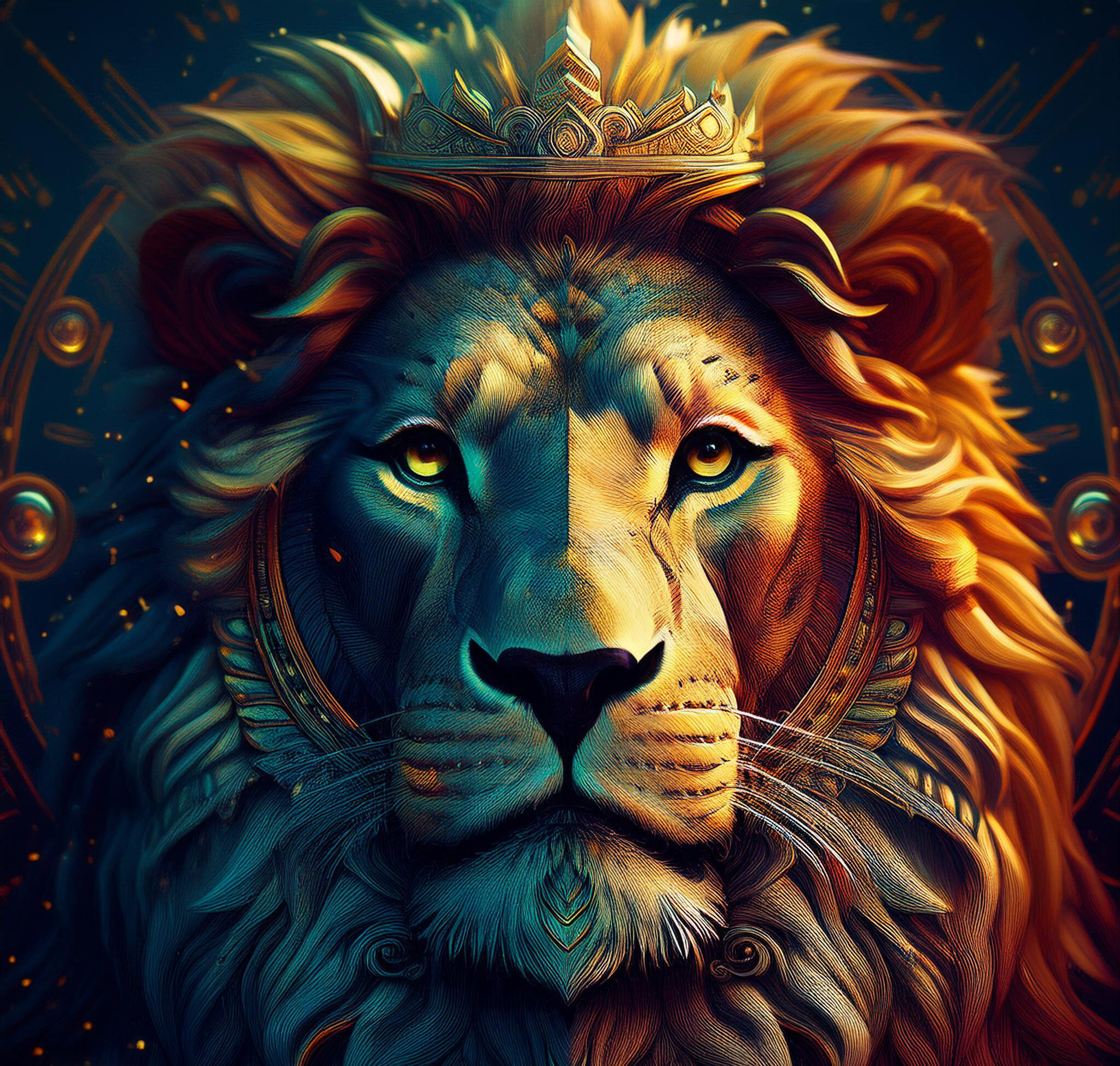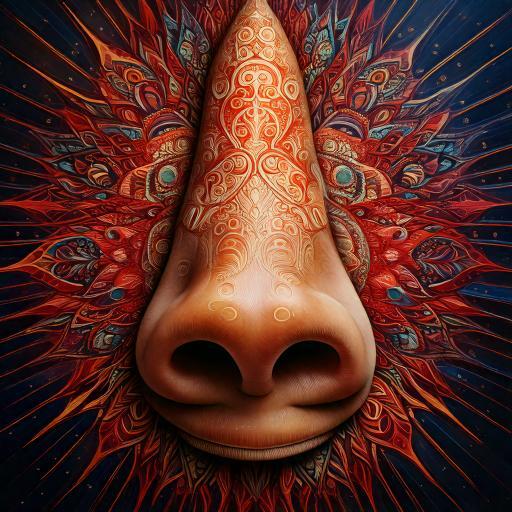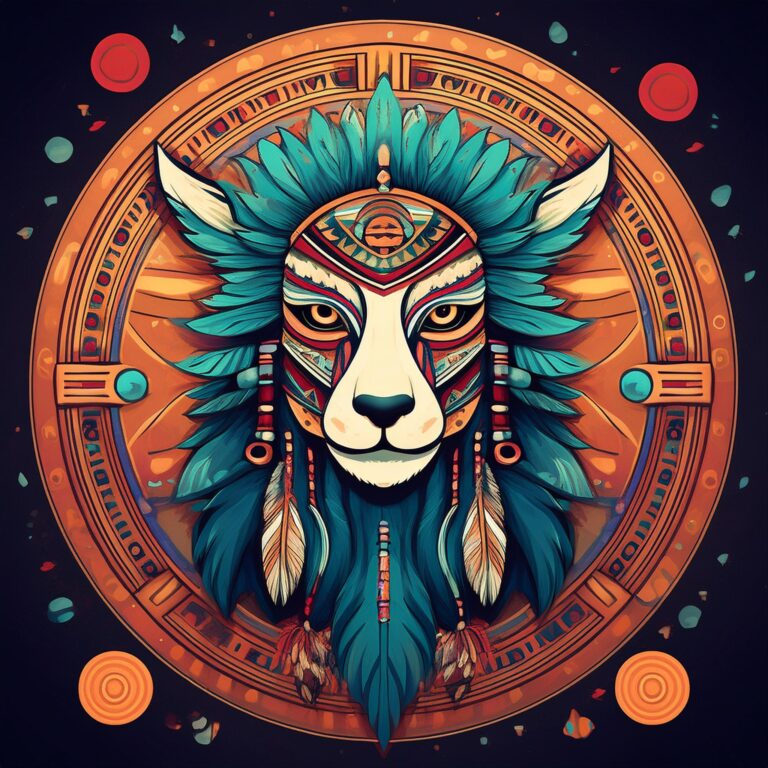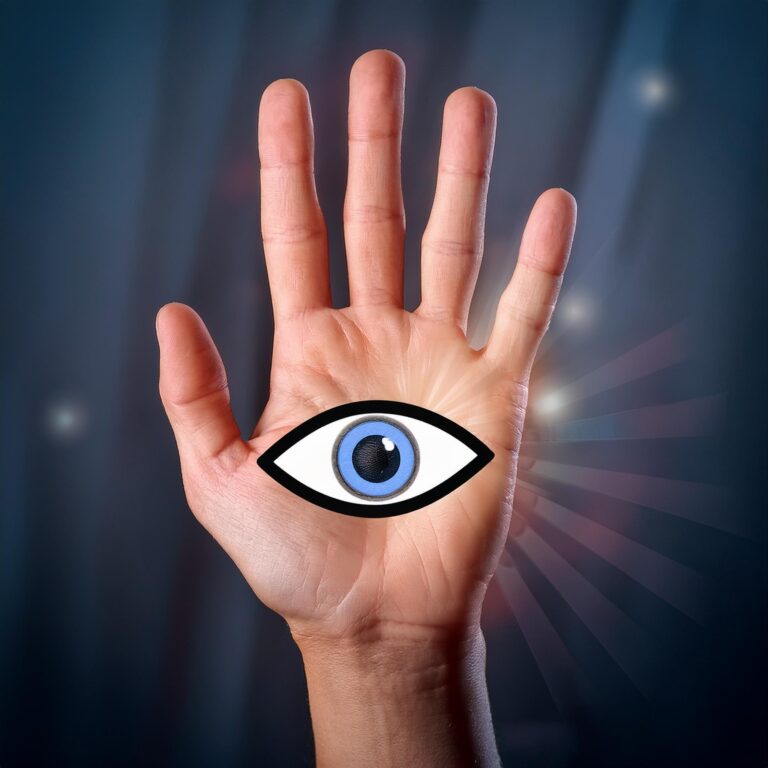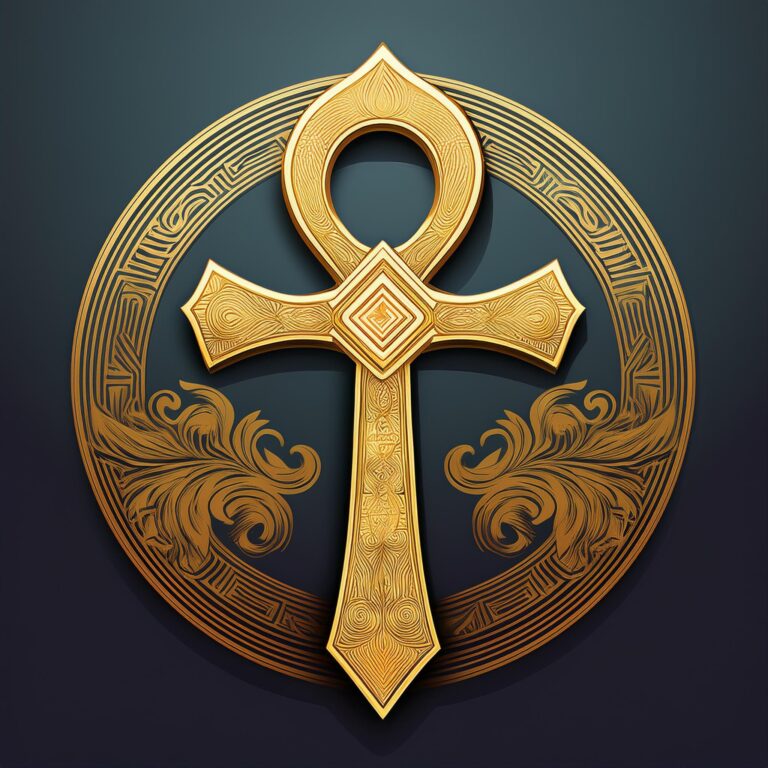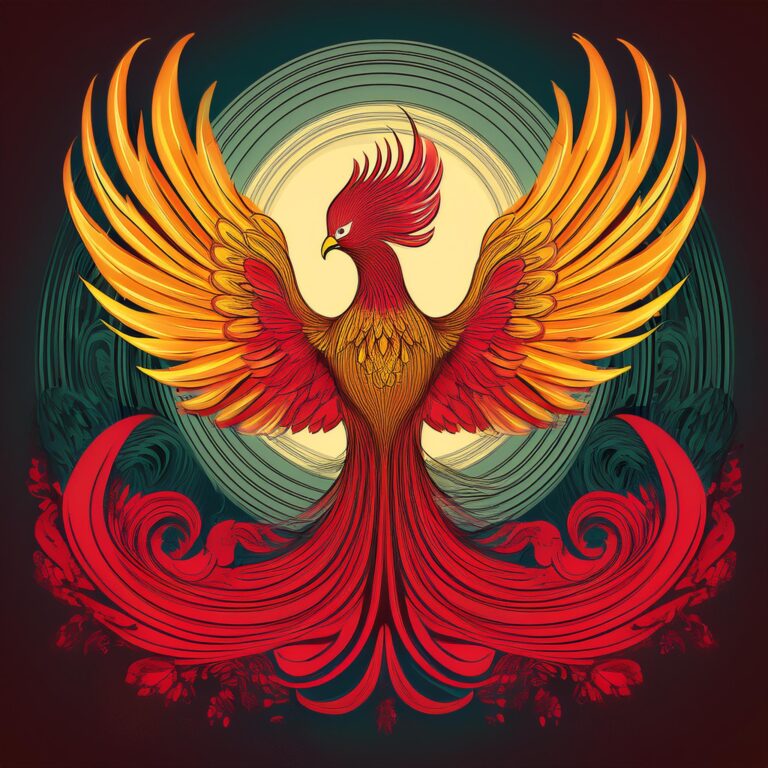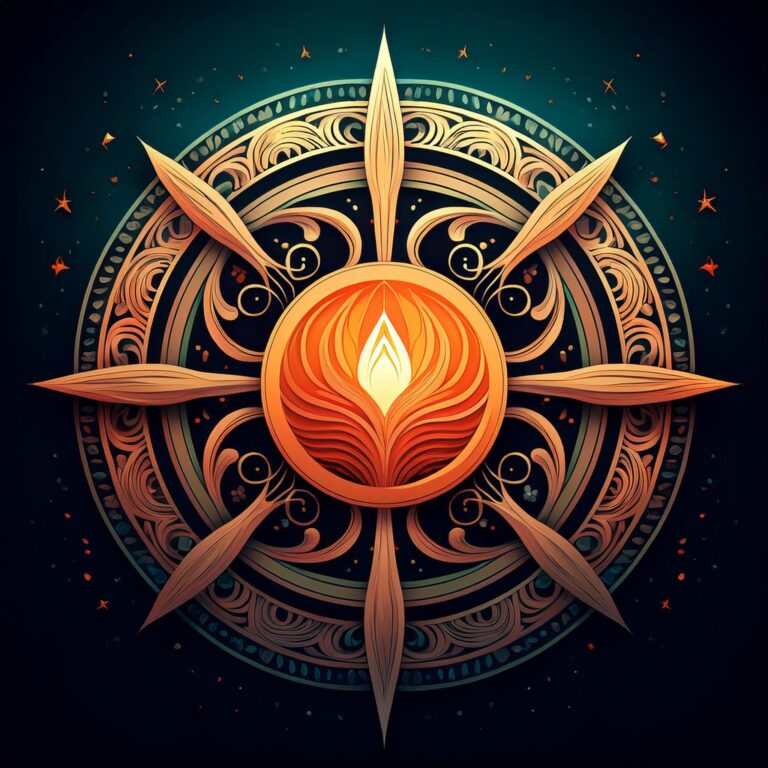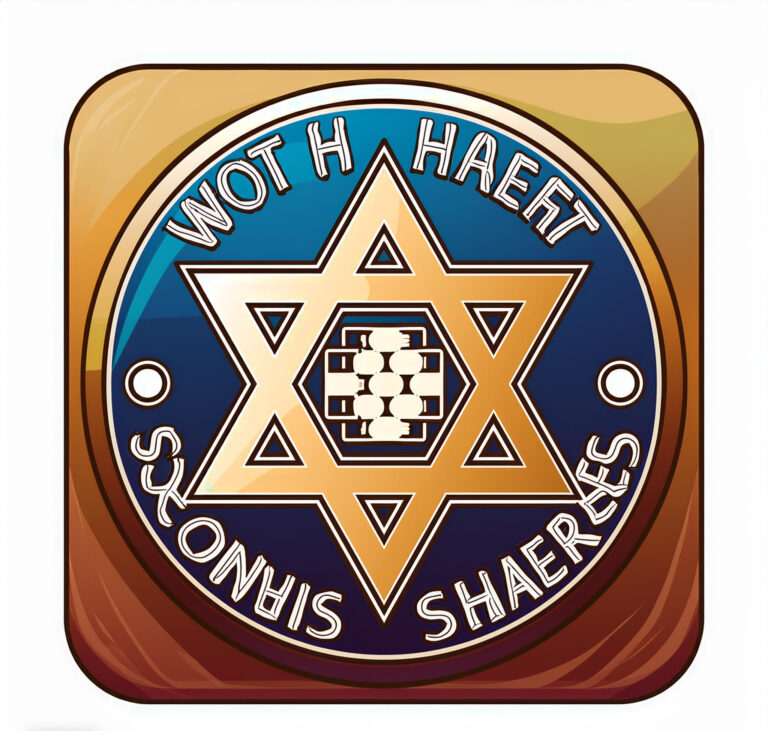The Lion of Judah is a powerful symbol with deep roots in religious, cultural, and historical contexts. Associated primarily with the tribe of Judah, one of the twelve tribes of Israel, it represents strength, authority, and divine rulership. In the Bible, the Lion of Judah is mentioned in the Book of Genesis, where Jacob blesses his son Judah, establishing the lion as a symbol of Judah’s descendants. This imagery is further linked to Jesus Christ in Christian theology, where he is referred to as the “Lion of Judah,” emphasizing his role as a king and savior.
In Jewish tradition, the Lion of Judah symbolizes Jewish sovereignty and messianic hope, often depicted on emblems connected to Jerusalem. The symbol also holds significance in the Rastafarian movement, representing Emperor Haile Selassie I of Ethiopia, viewed as the messiah. Across these different cultures and religions, the Lion of Judah embodies ideals of power, justice, and hope.
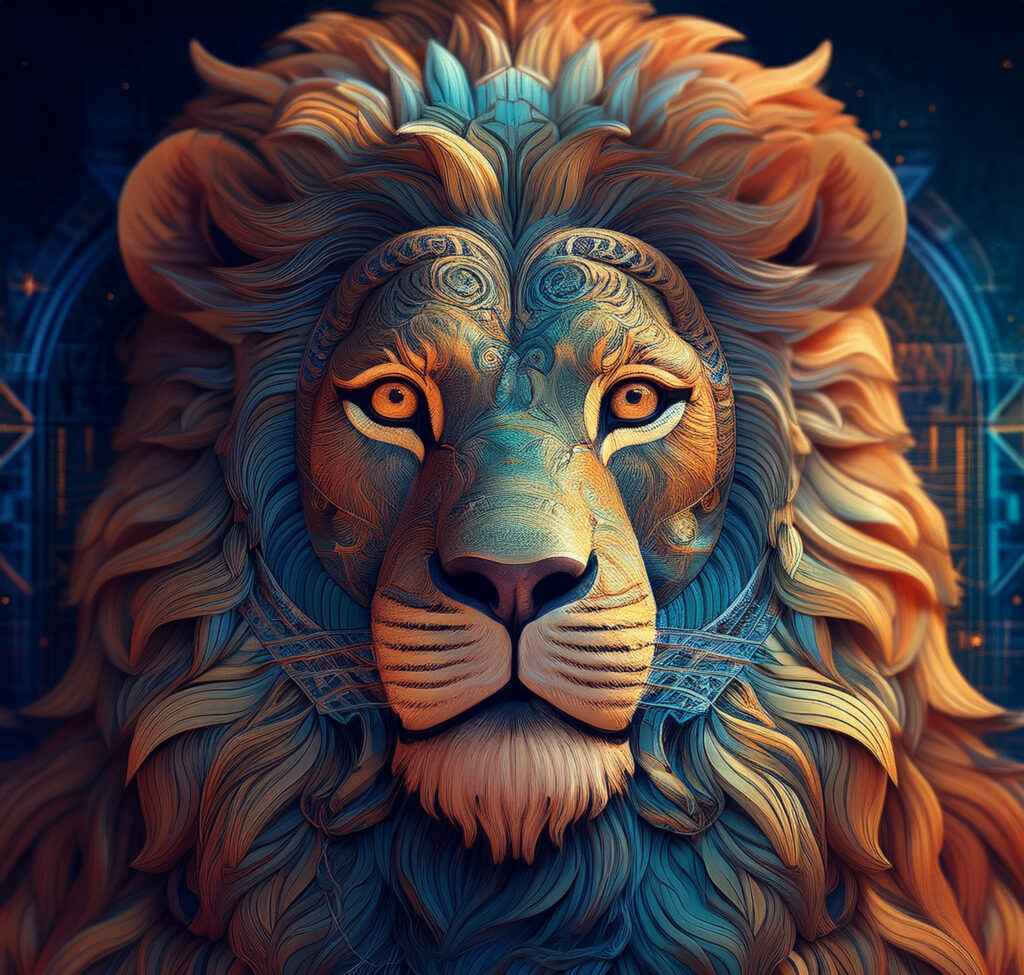
Historical Background of the Lion of Judah
The Lion of Judah has its origins in ancient Israelite history, specifically linked to the tribe of Judah, one of the twelve tribes of Israel. The symbol first appears in the Bible, in the Book of Genesis, where Jacob, the patriarch of the Israelites, bestows a blessing upon his son Judah. In this blessing, Jacob likens Judah to a young lion, prophesying that his descendants will be powerful and will hold leadership among the tribes. Over time, the Lion of Judah has come to symbolize not only leadership and strength but also an interconnectedness of faith and culture, much like the intricate patterns of a Celtic Knot, representing eternity and the binding of spiritual truths across generations.
This early association established the lion as a symbol of the tribe’s strength and leadership. As the tribe of Judah grew in prominence, particularly through the establishment of the Kingdom of Judah, the lion became an emblem of the entire kingdom. This kingdom included Jerusalem, which later became the capital and spiritual center of the Jewish people.
Over time, the Lion of Judah came to represent not only the tribe but also the royal lineage of King David, who was a descendant of Judah. David’s reign and the subsequent Davidic dynasty reinforced the lion’s symbolism as a marker of kingship and divine favor. This association was so strong that it persisted even after the fall of the Kingdom of Judah, remaining a symbol of Jewish identity and hope for a future messianic king who would arise from David’s line.
The Lion of Judah’s historical significance continued to evolve, extending beyond its biblical origins to influence various cultural and religious contexts throughout history.
Biblical References to the Lion of Judah
The Lion of Judah is deeply rooted in biblical texts, where it serves as a powerful symbol of strength, leadership, and divine authority. The most significant reference appears in the Book of Genesis (49:9-10), where Jacob, on his deathbed, blesses his son Judah, saying, “Judah is a lion’s cub; from the prey, my son, you have gone up. He stooped down; he crouched as a lion and as a lioness; who dares rouse him?” This blessing not only compares Judah to a lion but also foretells the enduring strength and royal lineage that will come from his descendants.
This imagery is reinforced throughout the Bible, particularly in the context of the tribe of Judah’s leadership among the Israelites. The lion becomes a symbol of kingship, associated with the Davidic line, beginning with King David, who was from the tribe of Judah. David’s dynasty, which ruled the united Kingdom of Israel and later the Kingdom of Judah, became synonymous with the Lion of Judah, embodying the ideals of courage, justice, and divine favor.
In the New Testament, the Lion of Judah takes on an even more profound meaning in Christian theology. The Book of Revelation (5:5) identifies Jesus Christ as the “Lion of the tribe of Judah, the Root of David,” highlighting his fulfillment of Old Testament prophecies and his role as the messianic king. This reference underscores Jesus’ authority, strength, and victory over sin and death, linking him directly to the royal and divine lineage of the tribe of Judah.
Throughout the Bible, the Lion of Judah remains a potent symbol of God’s promises, the continuity of the Davidic line, and the hope for a messianic ruler who will bring peace and justice to the world.
The Lion of Judah in Jewish Tradition
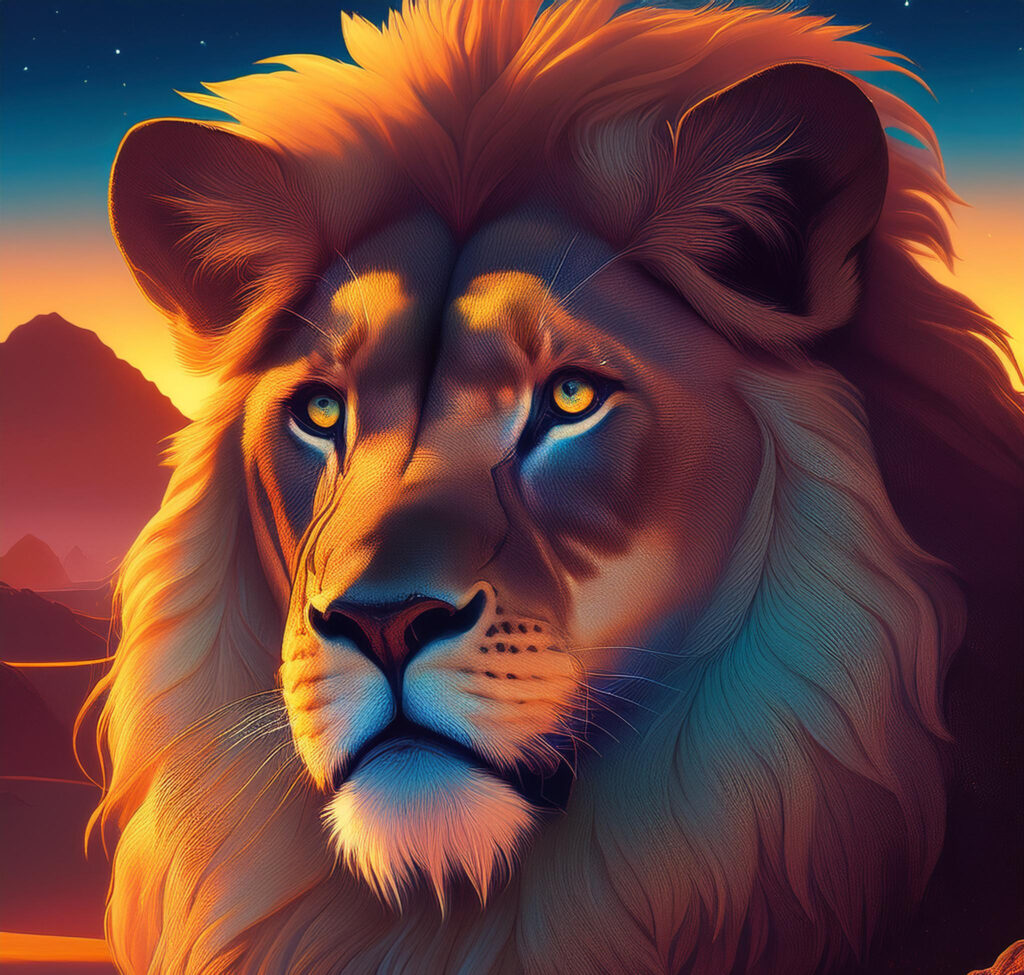
In Jewish tradition, the Lion of Judah holds a significant place as a symbol of strength, leadership, and the enduring hope for the coming of the Messiah. This powerful emblem is deeply intertwined with the history of the tribe of Judah and its descendants, particularly the Davidic dynasty, which played a central role in the ancient Kingdom of Judah.
The association of the lion with Judah begins in the Torah, where Jacob blesses his son Judah with the prophecy that his descendants will be like a lion, strong and majestic. This imagery laid the foundation for the lion becoming the symbol of the tribe and, later, the Kingdom of Judah itself. The lion’s symbolism was further solidified by King David, a descendant of Judah, whose reign marked a golden age in Jewish history. The lion, representing David’s royal lineage, became a symbol of Jewish kingship, power, and divine favor.
Throughout the centuries, the Lion of Judah has also come to symbolize the Jewish people’s resilience and their connection to the land of Israel, particularly Jerusalem. The city, often associated with the Kingdom of Judah, has been depicted in art and literature alongside the lion, underscoring its role as the spiritual and political center of the Jewish world.
In the broader context of Jewish eschatology, the Lion of Judah represents the hope for the Messiah, who is believed to come from the line of David. This messianic figure, often referred to as the “Son of David,” is anticipated to restore the Davidic kingdom and bring peace and justice to the world. The lion, therefore, not only symbolizes past glories but also the future redemption of the Jewish people.
Today, the Lion of Judah remains a prominent symbol in Jewish culture, appearing in various forms of art, jewelry, and emblems, including the modern coat of arms of Jerusalem. It continues to represent the enduring strength, faith, and hope of the Jewish people throughout their history and into the future.
The Lion of Judah in Christian Symbolism
In Christian symbolism, the Lion of Judah is a powerful and revered emblem that represents Jesus Christ, highlighting his divinity, kingship, and fulfillment of biblical prophecy. This symbol draws its roots from the Old Testament, particularly from the tribe of Judah, and is carried forward in the New Testament as a central figure in Christian theology.
The connection between the Lion of Judah and Jesus is most explicitly stated in the Book of Revelation (5:5), where John of Patmos describes a vision of Jesus as the “Lion of the tribe of Judah, the Root of David.” This passage emphasizes Jesus’ lineage from the tribe of Judah and his descent from King David, affirming his role as the Messiah who was prophesied to come and save humanity. The lion, as a symbol of strength, courage, and sovereignty, is thus used to portray Jesus as the ultimate king who conquers sin and death.
The imagery of the Lion of Judah also reflects the dual nature of Jesus in Christian belief—both the powerful, majestic ruler and the sacrificial lamb. This duality is central to Christian teachings, where Jesus is seen as the conquering lion who triumphs over evil, as well as the lamb who sacrifices himself for the redemption of humankind. The lion symbolizes his authority and power, while the lamb represents his humility and willingness to suffer for others.
Throughout Christian art and literature, the Lion of Judah is often depicted to convey Jesus’ royal and divine nature. It serves as a reminder of his role as the promised Messiah, who fulfills the prophecies of the Old Testament and brings about salvation for believers. The lion’s fierce and majestic attributes reinforce the idea of Jesus as a king who reigns with justice and might, yet also with mercy and compassion.
For Christians, the Lion of Judah remains a symbol of hope and strength, representing Jesus’ ultimate victory over sin, death, and the forces of evil. It continues to inspire believers, reminding them of the enduring power and sovereignty of Christ as the King of Kings and the fulfillment of God’s promises.
Cultural Impact of the Lion of Judah
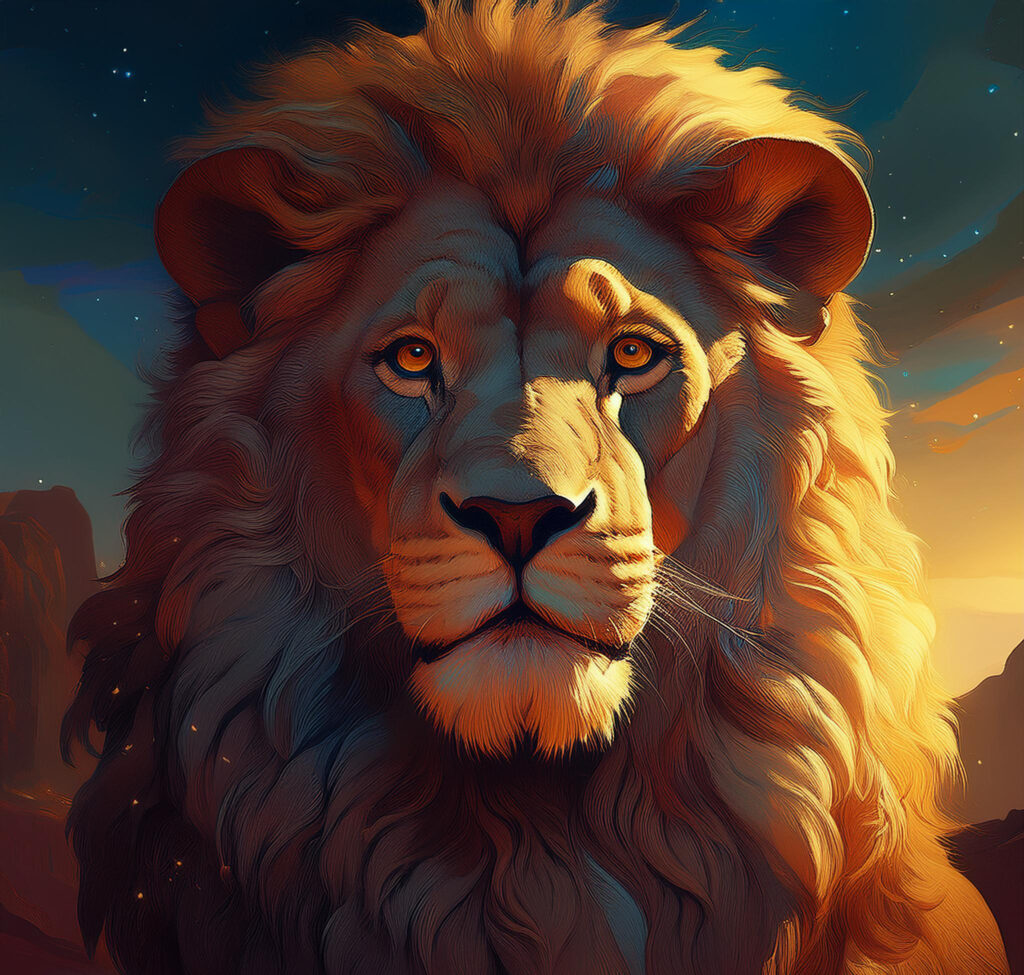
The Lion of Judah extends far beyond its religious origins, leaving a significant mark on various cultures and societies around the world. Its powerful symbolism has been embraced and adapted by different groups, each finding unique meaning in its representation of strength, leadership, and resilience.
In Ethiopia, the Lion of Judah is particularly significant as a symbol of the Ethiopian monarchy. It was prominently used by Emperor Haile Selassie I, who traced his lineage back to the biblical King Solomon and the Queen of Sheba, linking himself to the tribe of Judah. The lion became an emblem of the Ethiopian empire, representing not only the authority and divine right of the emperor but also the nation’s independence and resistance against colonialism. The Lion of Judah was featured on the Ethiopian flag and national insignia, symbolizing the country’s rich history and enduring sovereignty.
The Lion of Judah also holds a special place in the Rastafarian movement, which views Haile Selassie as the messianic figure foretold in the Bible. For Rastafarians, the Lion of Judah represents the return of the black king to Africa and the hope for liberation from oppression. The lion is often depicted in Rastafarian art, music, and literature, symbolizing the strength and spiritual power of the African diaspora. Reggae music, particularly the works of Bob Marley, has helped to popularize the Lion of Judah worldwide, spreading its message of resistance, faith, and unity.
In modern times, the Lion of Judah continues to influence various forms of artistic expression, from visual arts to literature and fashion. Its image is often used to convey messages of courage, pride, and heritage, especially in contexts related to African identity and empowerment. The lion’s majestic and powerful image makes it a popular motif in tattoos, jewelry, and clothing, serving as a symbol of personal strength and connection to a rich cultural history.
The cultural impact of the Lion of Judah demonstrates how a symbol with ancient religious roots can resonate across different times and societies. It remains a powerful emblem of leadership, resistance, and hope, inspiring people worldwide to connect with its deep and varied meanings.
The Lion of Judah in Modern Times
In modern times, the Lion of Judah continues to be a powerful and enduring symbol that transcends its ancient roots, finding relevance in contemporary culture, politics, and social movements. Its iconic image is recognized globally, carrying with it deep meanings of strength, resistance, and spiritual significance.
One of the most prominent modern representations of the Lion of Judah is in Ethiopia, where it remains a national symbol closely tied to the legacy of Emperor Haile Selassie I. Though the monarchy was abolished in 1974, the Lion of Judah still holds a place of honor in Ethiopian culture, representing the nation’s rich history, pride, and independence. It is often seen in Ethiopian art, monuments, and even in modern media, where it symbolizes the resilience of the Ethiopian people and their connection to a storied past.
The Lion of Judah also plays a central role in the Rastafarian movement, which has gained international recognition since the mid-20th century. For Rastafarians, the Lion of Judah is more than a symbol; it is a representation of Haile Selassie, who is regarded as the messianic figure prophesied in the Bible. The lion embodies the values of the movement, such as resistance to oppression, African identity, and the spiritual return to Africa. Through the global influence of reggae music, particularly artists like Bob Marley, the Lion of Judah has become synonymous with messages of peace, social justice, and the fight for freedom.
In addition to its religious and cultural significance, the Lion of Judah has been adopted as a symbol in various social and political movements around the world. It is often used to represent strength and resilience in the face of adversity, whether in struggles for civil rights, anti-colonial movements, or efforts to preserve cultural heritage. The lion’s powerful image resonates with those who seek to assert their identity, challenge injustice, and inspire change.
In the digital age, the Lion of Judah continues to be a popular motif in art, fashion, and media. It is frequently featured in tattoos, clothing, and accessories, symbolizing personal empowerment, spiritual beliefs, and cultural pride. Its presence in popular culture has also grown, appearing in films, literature, and even video games, where it is often associated with noble qualities such as bravery, leadership, and honor.
The enduring relevance of the Lion of Judah in modern times highlights its versatility as a symbol. It connects the past with the present, serving as a reminder of ancient traditions while also embodying contemporary values and aspirations. Whether as a religious icon, a cultural emblem, or a symbol of resistance, the Lion of Judah continues to inspire and unite people across the globe.
The Lion of Judah and Rastafarian Beliefs
The Lion of Judah holds profound significance in Rastafarian beliefs, where it is revered as a symbol of strength, resilience, and divine kingship. Central to the Rastafarian movement, which emerged in Jamaica during the 1930s, the Lion of Judah is closely associated with Emperor Haile Selassie I of Ethiopia, who is considered by Rastafarians to be the living embodiment of God (Jah) on Earth.
Rastafarians believe that Haile Selassie, whose birth name was Ras Tafari Makonnen, fulfills the biblical prophecy of the return of the messianic figure from the line of King David, specifically from the tribe of Judah. This belief is rooted in the biblical verse from Revelation 5:5, which refers to Jesus Christ as the “Lion of the tribe of Judah.” For Rastafarians, Haile Selassie is seen as the modern-day representation of this lion, signifying his divine right to rule and his role as the redeemer of the African people.
The Lion of Judah is also a powerful symbol of African identity and pride within the Rastafarian movement. It represents the strength and dignity of the African diaspora, particularly in the context of the historical and ongoing struggles against slavery, colonialism, and racial oppression. The lion’s majestic and fearless nature embodies the qualities that Rastafarians strive to uphold—courage, resistance, and a deep spiritual connection to their African heritage.
In Rastafarian art and culture, the Lion of Judah is a common motif, often depicted in the colors of red, gold, and green, which are symbolic of the Ethiopian flag and the broader Pan-African movement. These colors represent blood, wealth, and the fertile land of Africa, respectively, and are integral to Rastafarian identity. The lion, often shown with a crown or holding a scepter, is a visual reminder of Haile Selassie’s kingship and the Rastafarian belief in the eventual return to Africa, or Zion, which is viewed as the Promised Land.
Music, particularly reggae, has played a crucial role in popularizing the Lion of Judah and spreading Rastafarian beliefs globally. Artists like Bob Marley have used the symbol in their lyrics and imagery to promote messages of unity, resistance, and spiritual awakening. Through reggae, the Lion of Judah has become a powerful emblem not only for Rastafarians but also for people around the world who resonate with its message of justice, freedom, and spiritual consciousness.
The Lion of Judah continues to inspire Rastafarians and those connected to the movement, symbolizing the ongoing quest for truth, righteousness, and the liberation of oppressed peoples. Its enduring presence in Rastafarian beliefs reflects the deep connection between spiritual identity, cultural heritage, and the aspiration for a just and equitable world.
Questions Our Readers Ask About Symbols
Symbols have always intrigued people, sparking curiosity and a desire to understand the deeper meanings behind them. Our readers frequently ask insightful questions about various symbols, their origins, and their significance across different cultures and time periods. Here, we address some of the most common questions about symbols that our readers have posed, providing clarity and insight into these powerful icons.
1. What makes a symbol universally recognized?
A symbol becomes universally recognized when it conveys a meaning that transcends cultural and linguistic barriers. This can happen through widespread cultural exchange, historical significance, or universal themes that resonate with people across different societies. For example, the cross is universally recognized as a symbol of Christianity, while the heart symbolizes love in many cultures.
2. How do symbols evolve over time?
Symbols can evolve as societies change and adapt to new circumstances. A symbol that originally held one meaning may acquire new interpretations as it is adopted by different groups or used in various contexts. For instance, the swastika was originally a symbol of good fortune in many Eastern cultures before it was appropriated by the Nazis and became associated with hate and oppression.
3. Why are animals often used as symbols?
Animals are frequently used as symbols because they embody specific traits that humans admire or fear. Lions, for example, are often symbols of strength, courage, and leadership, which is why they appear in emblems, coats of arms, and religious iconography. Similarly, doves are commonly associated with peace and purity, making them powerful symbols in various contexts.
4. Can symbols have multiple meanings?
Yes, many symbols have multiple meanings, often depending on the cultural, religious, or historical context in which they are used. The Lion of Judah, for example, represents strength and royalty in Jewish tradition, while in Christian theology, it symbolizes Jesus Christ. In Rastafarianism, the same symbol is associated with Haile Selassie and the struggle for African liberation.
5. How do symbols influence modern culture?
Symbols continue to have a significant impact on modern culture, often serving as a means of expressing identity, beliefs, and values. In a world where images and icons are increasingly important, symbols can convey complex ideas quickly and powerfully. They are used in everything from branding and political movements to art and fashion, shaping how we perceive and interact with the world around us.
These are just a few of the many questions our readers ask about symbols. By exploring these inquiries, we gain a deeper understanding of the powerful role symbols play in shaping human thought, culture, and history.
Similar Symbols and Their Meanings
Symbols often share similarities across different cultures and belief systems, reflecting universal themes and concepts. Below is a comparison of symbols that, while distinct, carry related meanings or serve similar purposes. This table highlights how various cultures interpret these symbols, revealing the common threads that connect them.
| Symbol | Meaning | Cultural/Religious Context |
|---|---|---|
| Lion of Judah | Strength, kingship, divine authority | Judaism, Christianity, Rastafarianism |
| Griffin | Strength, courage, protection | Ancient Greece, Medieval Europe |
| Eagle | Power, freedom, spiritual ascension | Roman Empire, Native American cultures, Christianity |
| Dragon | Power, wisdom, protection | Chinese mythology, European folklore |
| Phoenix | Resurrection, immortality, renewal | Ancient Egypt, Greek mythology, Christianity |
| Bull | Strength, fertility, determination | Ancient Mesopotamia, Hinduism, Celtic culture |
| Sphinx | Wisdom, mystery, protection | Ancient Egypt, Greek mythology |
| Bear | Strength, bravery, leadership | Native American cultures, Russian folklore |
| Sun | Life, power, enlightenment | Various ancient civilizations (Aztec, Egyptian, Hinduism) |
| Crown | Authority, leadership, divine right | Monarchy (worldwide), Christianity (crown of thorns) |
Overview of Similar Symbols
- Lion of Judah vs. Griffin
Both the Lion of Judah and the Griffin represent strength and authority. While the Lion of Judah has religious connotations in Judaism, Christianity, and Rastafarianism, the Griffin, a mythical creature with the body of a lion and the head of an eagle, symbolizes protection and power in ancient Greek and medieval European cultures. - Eagle vs. Dragon
The Eagle and the Dragon are both symbols of power, but they have distinct cultural contexts. The Eagle, often associated with freedom and spiritual ascension, is a key symbol in Roman and Native American cultures. The Dragon, revered in Chinese mythology for its wisdom and protective nature, also appears in European folklore, where it is sometimes seen as a fearsome creature to be vanquished. - Phoenix vs. Sun
Both the Phoenix and the Sun symbolize life, renewal, and immortality. The Phoenix, a mythical bird that rises from its ashes, represents resurrection and eternal life in various cultures, including ancient Egypt and Greek mythology. The Sun, worshipped as a life-giving force in many ancient civilizations, also represents enlightenment and power. - Bull vs. Bear
The Bull and the Bear are both symbols of strength, but they also convey different aspects of power. The Bull, often associated with fertility and determination, holds significance in ancient Mesopotamian and Hindu cultures. The Bear, symbolizing bravery and leadership, is a revered animal in Native American cultures and Russian folklore.
These symbols, though diverse in their origins and representations, share common themes of strength, power, and protection. Understanding these connections allows us to appreciate the universal nature of symbolic language and its ability to convey deep and complex meanings across different cultures and times.
Frequently Asked Questions About the Lion of Judah
The Lion of Judah is a symbol rich in history, meaning, and cultural significance. Below are some frequently asked questions that help clarify its role and importance across various contexts.
The Lion of Judah symbolizes strength, kingship, and divine authority. It originates from the biblical blessing given to the tribe of Judah in the Book of Genesis, where Judah is compared to a lion. This symbol is also closely associated with the Davidic line of kings, particularly King David, and is used in both Jewish and Christian traditions to represent leadership and messianic prophecy.
In Christianity, the Lion of Judah is significant because it is seen as a representation of Jesus Christ. According to the Book of Revelation (5:5), Jesus is referred to as the “Lion of the tribe of Judah,” signifying his royal lineage from King David and his role as the Messiah. The lion symbolizes Christ’s strength, authority, and victory over sin and death.
In Rastafarianism, the Lion of Judah is a central symbol representing Emperor Haile Selassie I of Ethiopia, who is believed to be the messianic figure prophesied in the Bible. The lion embodies the Rastafarian ideals of strength, resistance to oppression, and the spiritual connection to Africa. It also symbolizes the hope for redemption and the return to Zion (Africa).
The Lion of Judah is a national symbol of Ethiopia, closely tied to the Ethiopian monarchy. It was prominently used by Emperor Haile Selassie I and symbolizes the Solomonic dynasty, which claims descent from the biblical King Solomon and the Queen of Sheba. The lion represents the authority, independence, and cultural heritage of Ethiopia.
Yes, the Lion of Judah is widely depicted in art, culture, and various forms of media. In Ethiopian and Rastafarian art, it is often shown as a regal lion, sometimes wearing a crown or holding a scepter. The lion also appears in religious iconography, jewelry, flags, and modern popular culture, symbolizing everything from spiritual strength to political resistance.
While many cultures use the lion as a symbol of strength and power, the Lion of Judah is distinct in its connection to specific religious and historical contexts. Unlike generic lion symbols, the Lion of Judah is deeply tied to the biblical narratives of the tribe of Judah, the Davidic line, and messianic prophecy, giving it a unique and layered significance in Judaism, Christianity, and Rastafarianism.
The Lion of Judah remains relevant today as a symbol of enduring strength, leadership, and spiritual significance. It continues to inspire and unite people across different cultures and religions, serving as a powerful reminder of heritage, faith, and the pursuit of justice. Whether in religious contexts or as a cultural emblem, the Lion of Judah continues to hold a place of honor in modern times.

I’m the editor at SymbolsSays, where I explore the deeper meanings of symbols in mythology, art, literature, and psychology. My goal is to provide insights into how symbols influence our lives and connect us to our past.
